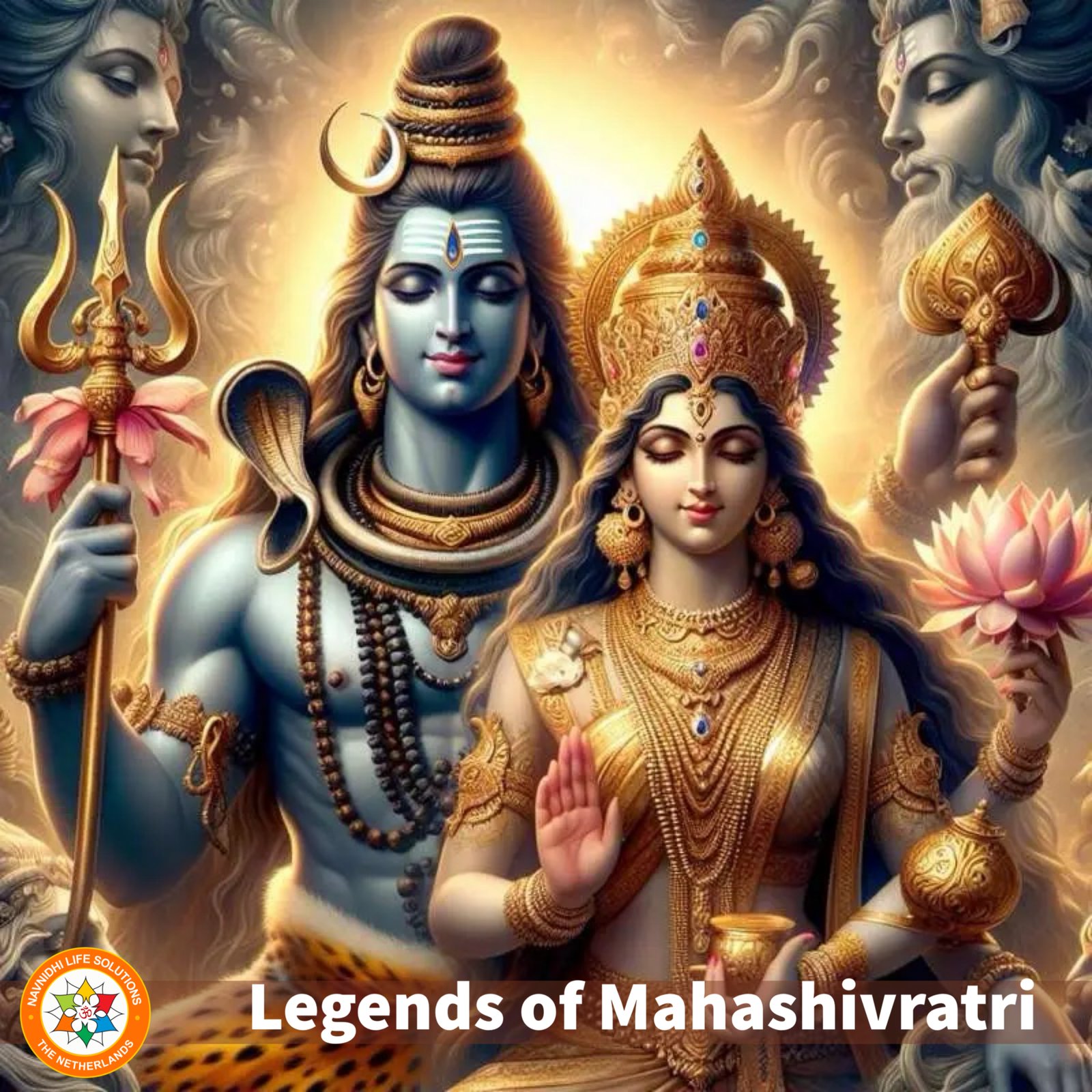6 must read incredible MahaShivratri legends of your 100% unconditional faith
Mahashivratri translates to “The Great Night of Shiva” is a special night where people gather together to celebrate and honor Shiva. Marked as one of the most prominent Hindu festivals on the Calendar, it is a night full of celebrations as devotees come together to pray, fast and connect to the divine. Mahashivratri bears a deeper meaning and is not just about celebration or rituals. Deep within the age old Mahashivratri celebration traditions, there are unknown mystique tales and lesser-known legends. So, let’s dive into the world full of enchanting legends associated with Mahashivratri.
The Union of Shiva and Parvati
Mahashivratri translates to “The Great Night of Shiva” is a special night where people gather together to celebrate and honor Shiva. Marked as one of the most prominent Hindu festivals on the Calendar, it is a night full of celebrations as devotees come together to pray, fast and connect to the divine. Mahashivratri bears a deeper meaning and is not just about celebration or rituals. Deep within the age old Mahashivratri celebration traditions, there are unknown mystique tales and lesser-known legends. So, let’s dive into the world full of enchanting legends associated with Mahashivratri.
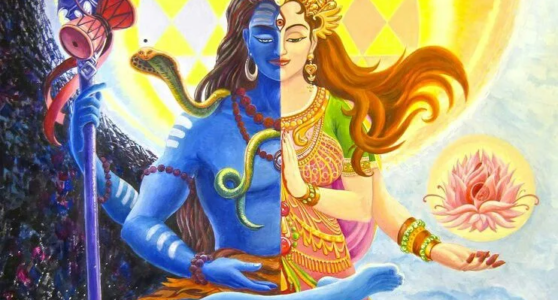
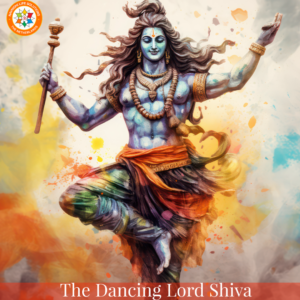
The Cosmic Dance of Shiva
an integral part to Indian mythology is the mention of the cosmic dance that was performed by Shiva on this auspicious night. Also, known as Tandava, this dance symbolizes the everlasting cycle of creation, conservation and demolition. The Tandava dance was performed by the supreme deity to maintain the cosmic balance. It is also said that he performed it after the demolition of demon Tripura signifying the triumph of good over evil.
Lord Shiva-The Savior
Another enchanting tale is of the churning of ocean (Samudra Manthan) by the Gods and Demons to get the elixir of immortality (Amrut). During such occurrence, ‘Halahala’ – the deathly poison emerged. Its emergence was threatening as it slowly was engulfing the whole universe in darkness. Lord Shiva at this crucial time, drank the poison to save the universe. This selfless act earned him the title of “Neelkantha” or the one with blue throat. Mahashivratri celebrates the transition from darkness to light and honors Shiva as the savior of the universe.
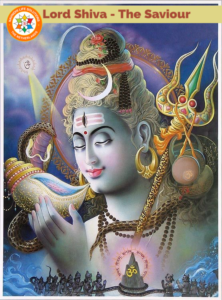
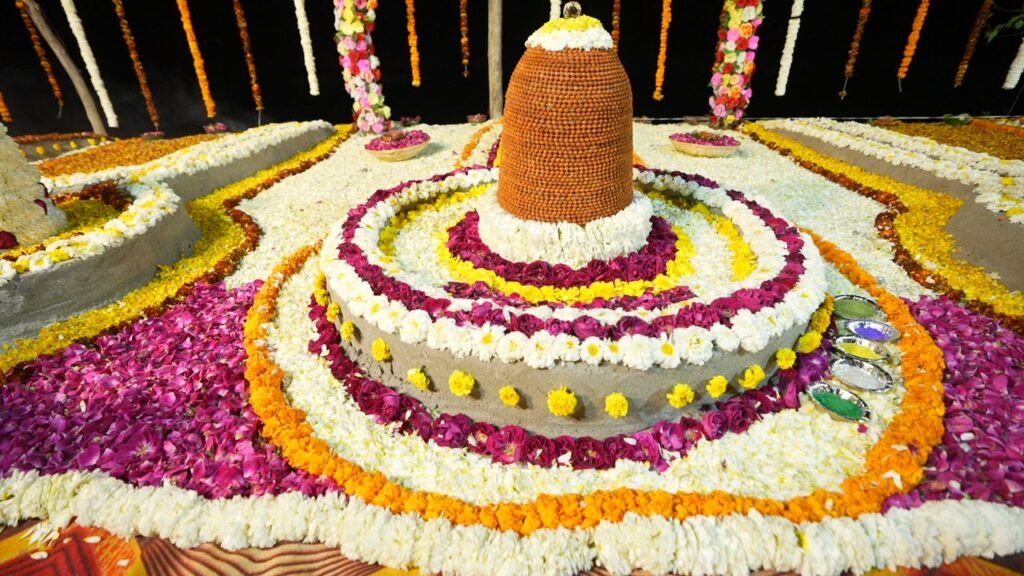
The tale of Linga
The Shiva Linga finds its mention in the Hindu mythology and is of great significance. The Linga signifies the limitless power and aura of Lord Shiva that transcends into something that is beyond any form or attributes. It’s vast, shapeless and infinite. According to the ancient texts, once when there rose a conflict between Vishnu and Brahma over supremacy, Shiva appeared before them as a formless ray of light known as Jyotilinga. Shiva instructed them both to find the source and the end of that beam. He promised to declare the one who would succeed to do so as supreme. Taking the form of a swan Brahma flew upwards. On the other hand, Vishnu turned himself into a boar and tried looking for the other end by going downwards. After relentless search when both of them failed to find the source and the end, they realized that Shiva is nothing but infinite. Soon after which, Shiva Linga was considered as a source of infinite power. Since it was the first time on the 14th day of the Phalgun month that Lord Shiva exhibited himself in the form of the Linga, the day is celebrated as Mahashivratri as it is considered to be very auspicious.
The Mystique take of Ganga
An ancestor of Lord Rama, King Sagar after successfully performing the AshwamedhaYajna for the 99th time, sent his horse to take another round around the earth so that he could complete his 100th round of sacrifice. Indra the king of God was jealous of his success and so during his last round he notoriously captured the horse. This horse was then kept in the hermitage of Kapila Muni. Sixty thousand princes were thus sent from Ayodhya to look for the horse. On reaching Kapila Muni’s hermitage, they found the horse and soon mistook him as a thief. Displeased by such behavior, Kapila Muni burnt them into ashes. Hearing about this, one of the grandchildren of King Sagar, Bhagirath begged Kapila Muni for a solution. To which he said that only the waters of Ganga could bring back them to life. King Bhagirath kept meditating after leaving his kingdom for more than thousand years. Pleased by his devotion to request Ganga to come down to the Earth, Brahma granted Bhagirath’s wish. But the weight of the Ganga River could only be sustained by Lord Shiva. So, King Bhagirath meticulously started praying to Lord Shiva. Lord Shiva instantly laid down his hair so that Ganga could flow through it. That is how the holy waters of the river washed away the ashes of those sixty thousand princes and released them from the curse so that they could go to the heavens. The holy ceremonial bathing of the Shiva Linga on the day of Mahashivratri from then has been a tradition. On the occasion of Mahashivratri devotees also take a holy deep in the waters of Ganga as it is considered as one of the attributes of Lord Shiva.
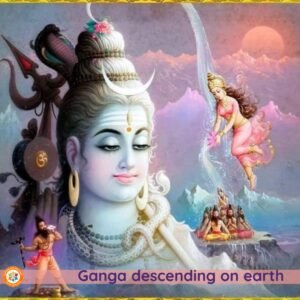
Shiva's assurance and the new moon
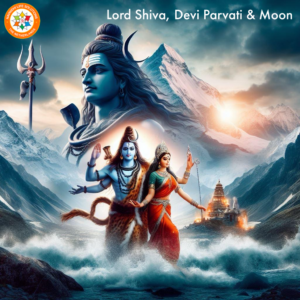
In one of the legends there’s a mention of a tale that highlights the conversation between Lord Shiva and Goddess Parvati. When asked by Goddess Parvati about his favorite day, Shiva joyously replied saying that he likes it when it’s the full moon night. This happens to be on the 14th day of the Phalgun month. From that day onwards, devotees all around the world indulge in celebrating the Mahashivratri. Additionally, in some of the texts there is a mention of Shiva’s desire to be worshipped in a specific way by his devotees. He specifies the use of ‘Bel’ leaves for his worship. To him, the leaves of Bel is more precious than any jewels in the world. Furthermore, Lord Shiva explains the correct way to worship him which includes the process of using milk, curd, clarified butter and honey to bathe him. The ritual should continue till the next morning and the devotee must feed the Brahmins in the morning and then break his fast. His words spread through Goddess Parvati and since then people around the world are seen to celebrate his glory by fasting, performing the ceremonial bath and also by offering a lot of Bel leaves.
Conclusion
Mahashivratri is not just a festival but a celebration of power of Shiva who gave his all to save the world. It encapsulates within it the essence of harmony and victory. May we be inspired to fill our lives with goodness, positivity and calm. Let’s embrace oneness and keep the spirit of Mahashivratri alive by following the path of spiritual awakening.




